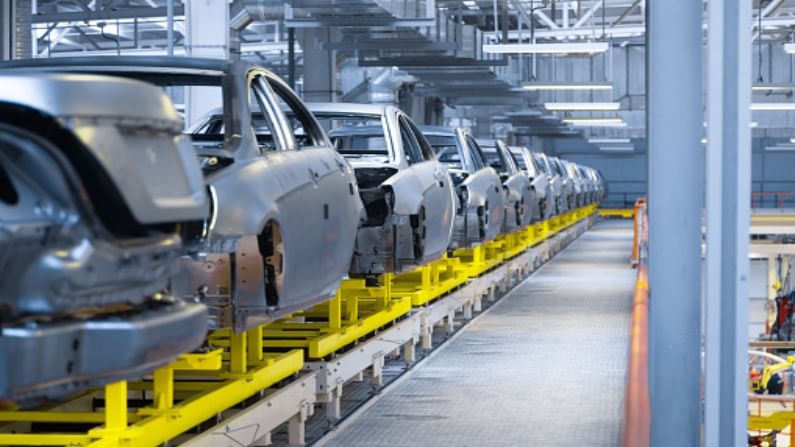Domestic automobile wholesales hit by semiconductor shortage; dispatches dip 11%
Sales of motorcycles were 20% lower last month and was at 8,25,849 units, as compared to 10,32,476 units in August 2020

Society of Indian Automobile Manufacturers (SIAM) on Friday said that automobile sales in India for August declined by 11% YoY, due to the shortage of semiconductors. Wholesales in total across categories, excluding commercial vehicles, declined to 15,86,873 units last month, compared to 17,90,115 units in August 2020. According to data from SIAM, passenger vehicle and three-wheeler wholesales have witnessed an increase in August 2021 as compared to the corresponding period last year.
Three wheeler sales increase by 60%
Original Equipment Manufacturers (OEMs) have dispatched 13,31,436 units of two-wheeler dispatches in August this year, against 15,59,665 units in the year-ago period.
Sales of motorcycles were 20% lower last month and was at 8,25,849 units, as compared to 10,32,476 units in August 2020.
Similarly, dispatches of scooters fell by 1% to 4,51,967 units last month from 4,56,848 in the same month a year ago.
On the contrary, three-wheeler wholesales for August increased by 60% to 23,210 units as against 14,534 units a year ago.
In the passenger vehicle segment, Maruti Suzuki India (MSI), the country’s largest carmaker dispatched 1,03,187 units last month from 1,13,033 units in August 2020, a decline of 9%. However, Hyundai Motor India sold 46,866 units last month, as against 45,809 units in August 2020.
The total passenger vehicle sales, including dispatches from OEMs to dealerships of cars, vans and utility vehicles increased by 7% to 2,32,224 units in August compared to 2,15,916 units in the same month last year.
Semiconductor shortage plaguing auto industry
The global semiconductor shortage continues and now it is having an acute impact on output across the auto industry, it added.
The usage of semiconductors in the auto industry has gone up globally in recent times, with technological advancements and new models coming with more and more electronic features such as Bluetooth connectivity and driver-assist, navigation and hybrid-electric systems, besides the engine control unit.
With technological advancements in recent times, the usage of semiconductors in the auto industry has gone up globally, as new models coming with more and more electronic features such as Bluetooth connectivity and driver-assist, navigation and hybrid-electric systems, besides the engine control unit.
However, only 10% of the demand for semiconductor demand comes from the auto industry, while the rest comes from the electronic appliances and gadget industry, such as mobile phones and laptops, among others.

